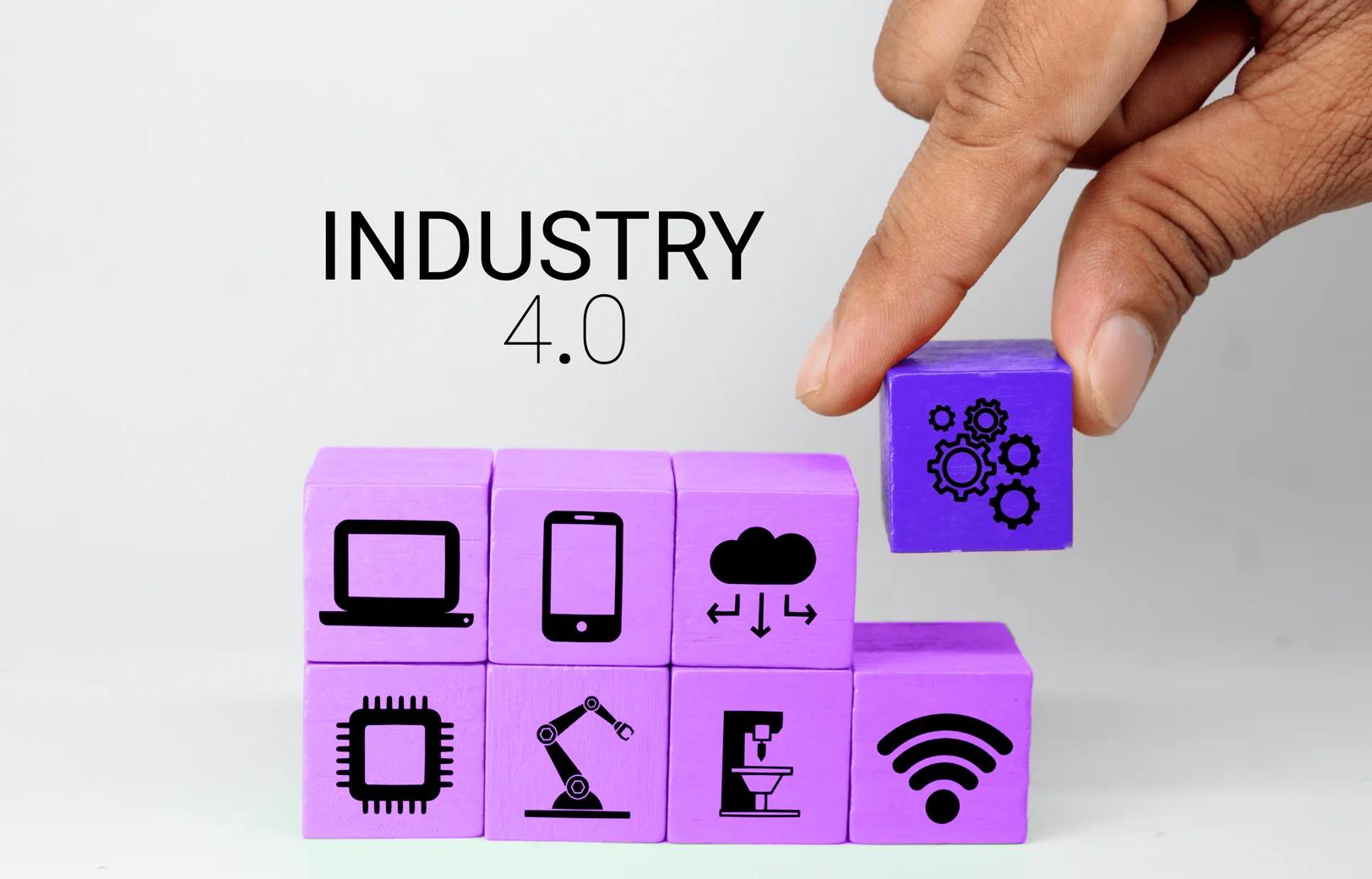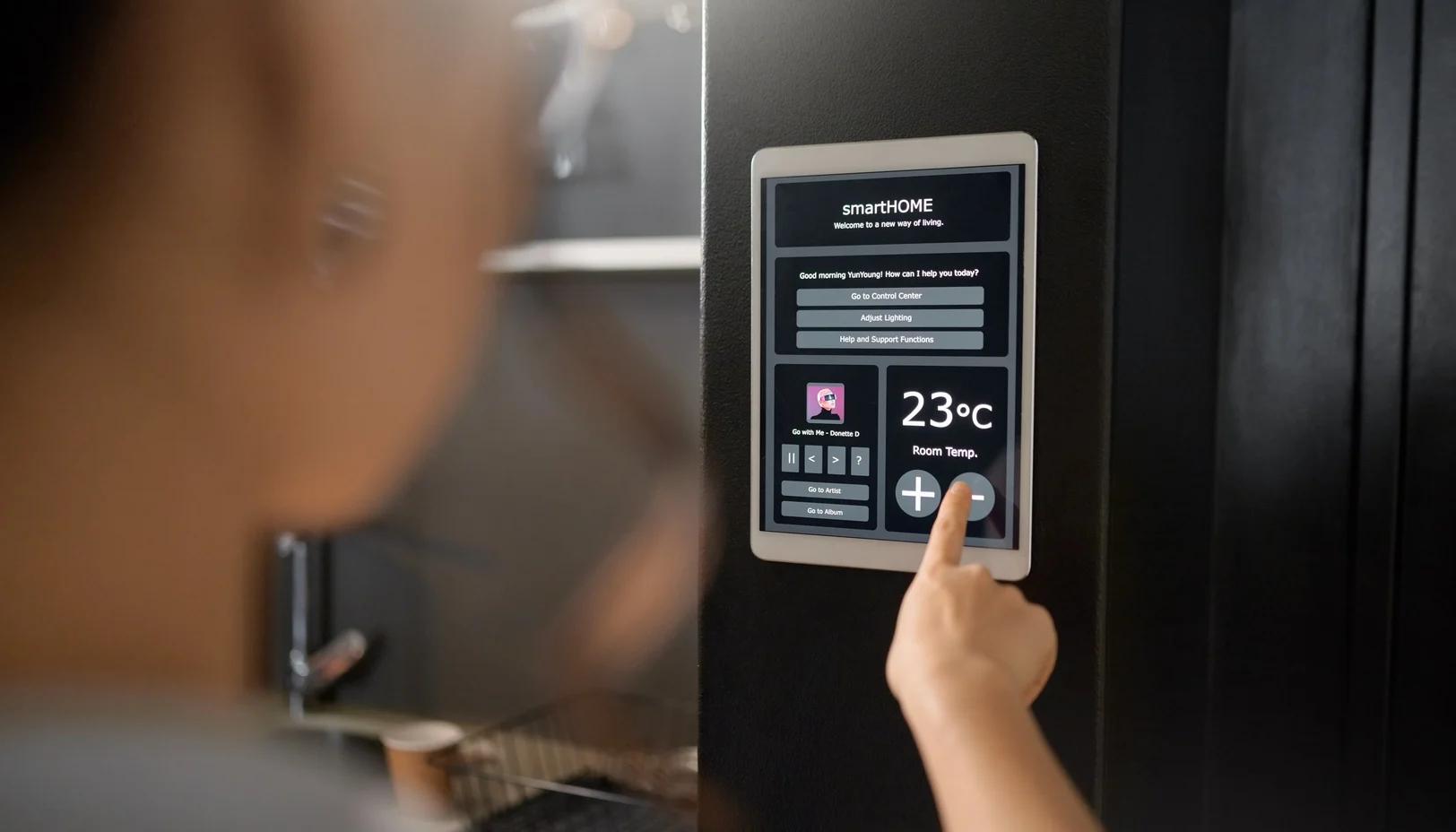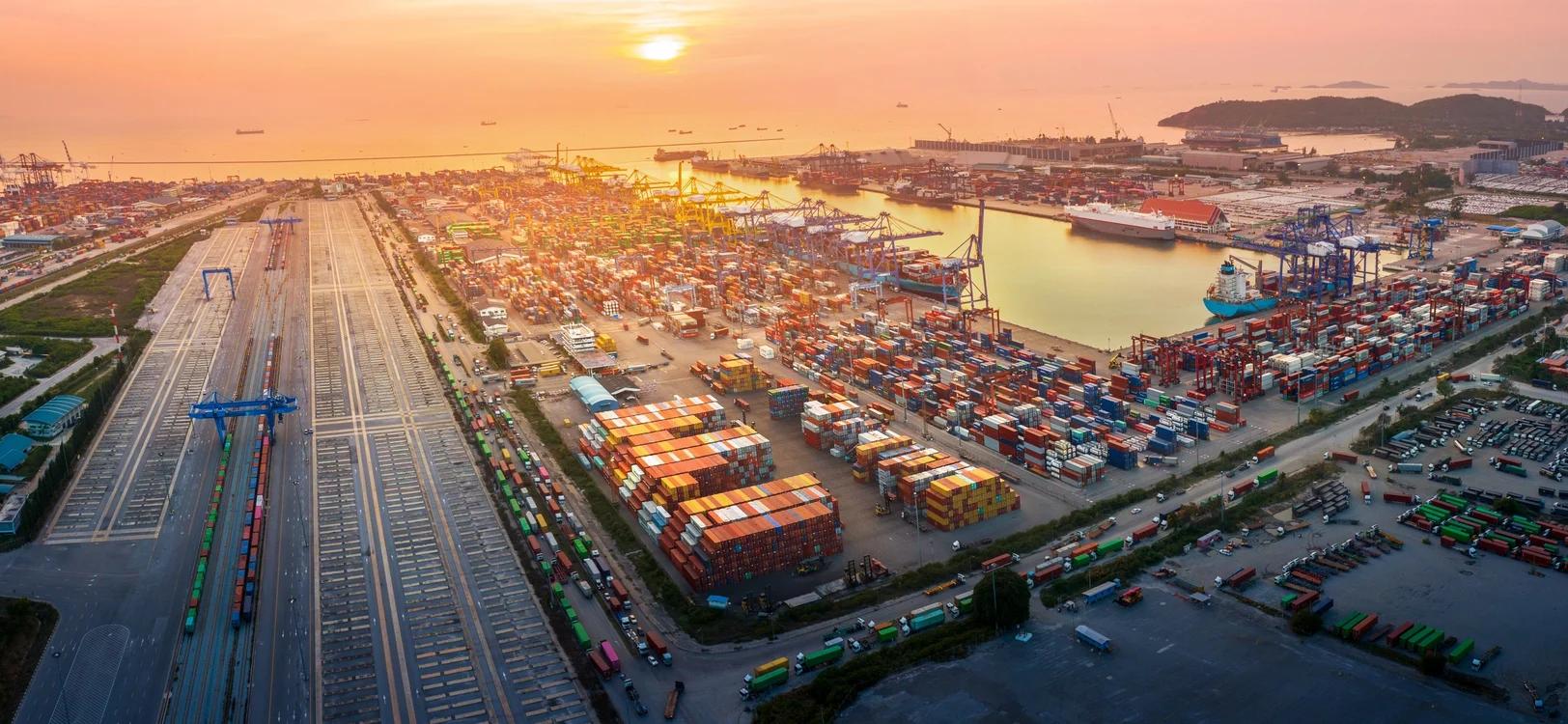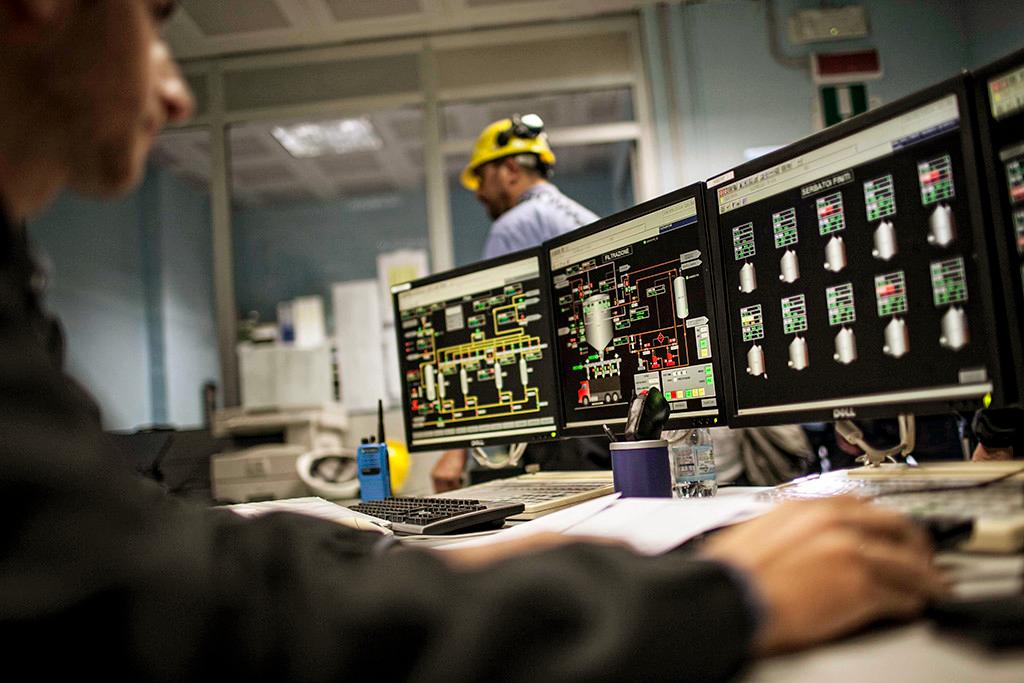Web3 Education
How will the new Smart Revolution revitalize supply chain management?
04/07/2023 · 6 min read
Read and learn about what comes with Industrialization 4.0 and what it means for Supply Chain management.
Just several decades ago the idea of robots replacing humans was but a mere flight of fancy, and yet today it's becoming more and more of a reality. The pace of innovation is brutal and unforgiving: previously difficult jobs managed by human hands are now being taken care of by the likes of artificial intelligence (AI) and the Internet of Things (IoT).
However, don't feel too discouraged yet. We still have many paths available to embrace the coming changes.
In the following post, we will be discussing what changes signify the new industrial revolution and how they will affect industries in the longer term. And in particular, how with the new Smart technology businesses can now track their products in real-time, monitor their supply chain operations, and make data-driven decisions to optimize their processes.
 Photo by fauziEv8 on EnvatoElements
Photo by fauziEv8 on EnvatoElementsWhat is the Smart Revolution?
The Industrial Revolution was driven by scientific innovation, ever since the 1780s, when we first began switching from hand production methods to the use of machinery. In previous decades, the rate of innovation increased exponentially and we are already standing at the precipitate of the 4th stage of industrialization – the Smart Revolution.
But don’t get it wrong, electronics, IT, and automated production was already a thing since the 60s. What’s peculiar about this new stage is the development of cyber-physical systems, interconnected devices that allow even higher efficiency, "smart technology" if you will. We are talking about things like IoT, artificial intelligence, digital ledger technology, and many more. But it wouldn't be a total lie to say that IoT devices stand as one of the main drivers of the Smart Revolution.
The Internet of Things (IoT) is a new innovative technology that can completely reconstruct the way we do work, communicate, interact, and do business, and it will keep evolving at a fast pace.
 Photo by YuriArcursPeopleimages on EnvatoElements
Photo by YuriArcursPeopleimages on EnvatoElementsNow you may feel inclined to ask, what is IoT exactly?
What’s deal with it and why is it mentioned everywhere in IT and business spaces?
Simply put, it is a network of physical devices built with sensors and/or software that exists to connect and exchange data between these devices and systems over the internet (or other communication networks).
Just in 2020, we had around 8.74 billion connected IoT devices and by 2030, this number is expected to increase up to 25.44 billion (FinancesOnline, 2023).
The functions of IoT devices are numerous. They include:
Currently, the development of AI technology also added another layer of functions achievable by IoT. Things like speech recognition, computer vision, and automatic translation between languages are becoming readily available.
All of these make IoT very useful in tracking the condition of the products during transportation and transferring the information across the network. In fact, one of the industries that are particularly poised to benefit from it is Supply Chain Management.
 Photo by Bluesandisland on EnvatoElements
Photo by Bluesandisland on EnvatoElementsIoT in Supply Chain Management
Supply chain management is a complex and dynamic process that involves the movement of goods and services from the point of origin (production stage) to the point of consumption. In the food industry, for example, the supply chain includes everything from farming, and manufacturing to packaging and transporting goods.
Now, where does IoT come from all of these?
Well, it's commonly known that supply chain management is a time-consuming and complicated process. The nature of the process involves many intermediaries, ranging from suppliers to producers to consumers, all of whom are not exempt from human error. Miscommunication, tardiness, and oversight are real things that happen in every business venture, and they can significantly stall the whole process of production and delivery.
With the introduction of IoT, however, the supply chain management process has become much more efficient already.
By using sensors, now we can track goods and products all the way from the point of origin to the point of consumption. Automatic monitoring of things like temperature, humidity, and other environmental factors that could affect the quality of the product means that we can make better decisions about the transportation and storage of these products. For instance, IoT sensors attached to a refrigerated truck could monitor the temperature of perishable goods and alert the driver or the central management system if there is a deviation from the ideal temperature. This information can be used to take corrective action and prevent spoilage of the goods.
Moreover, IoT can also help to improve the security of the supply chain. With connected devices, supply chain managers can monitor the movement of goods and products in real time, which can help them to identify any potential security risks. This means that they can take action quickly to prevent any loss or damage to goods.
Certain aspects of the supply chain process such as inventory management, order fulfillment, and shipping logistics all can be automated using IoT devices. This not only saves time and money but also reduces the likelihood of errors and improves overall efficiency.
 Photo by Itelyum
Photo by ItelyumAchieving a transparent Supply Chain
Visibility and transparency were always one of the biggest challenges in supply chain management. When something goes wrong, it can be difficult to pinpoint the issue and fix it quickly.
And while IoT can help greatly with visibility, it should be said that it doesn't come without its own problems.
When implementing IoT into your business, you need to be aware of its potential data security issues. With the large amounts of data that are collected and transmitted through IoT devices, there is always a risk of cyber attacks, data breaches or other malevolent activity. Companies need to either invest in robust cybersecurity measures or other means to ensure that their data is secure.
One such way is ironically an IoT-based solution - integrating digital ledger technology into your business.
Ledger Technology - is a relatively new method of recording information that makes it impossible or difficult for the system to be changed, hacked, or manipulated. It is a distributed ledger that duplicates and distributes transactions across the network of computers participating in it, a new perspective to the already established IoT.
Businesses can either create their own independent digital ledger or use the already existing systems. Every transaction in such ledgers is authorized by the digital signature of the owner, which authenticates the transaction and safeguards it from tampering. Thus the data contained is highly secured.
Virtually anything of value can be tracked and traded on this network, ranging from physical goods to intellectual property, reducing risk and cutting costs for all involved.
At the attempt at tampering with data in this ledger, the perpetrator will find themselves unsuccessful. Every participant of the network has the exact same copy of all transactions, and any new action will be verified through other participants' records. In case of fraud, everything will be known immediately as the past records won't be matching to what the perpetrator presents and says.
As Smart technology continues to grow and revolutionize the supply chain industry, it's also important to consider the security of the data being collected and transmitted. With so much data being gathered from various sources, including sensors and other connected devices, the risk of data breaches and unauthorized access is a serious concern. This is why the development of solutions should be prioritized, and we think that ledger technology could be an answer.
Final words and prospects of new Ledger technology in Supply Chain Management
It's evident that with Smart Revolution supply chain management will be revitalized. From inventory and warehouse management to transportation and logistics, digital ledger could be used to streamline operations and improve efficiencies in various ways.
By providing real-time data and analytics, ledger technology could enable businesses to make informed decisions and optimize their supply chain process. Together they assure the security, transparency, and immutability of the data.
As more businesses adopt this IoT solution, we can only expect to see further improvements in supply chain management in the years to come.
And in the meantime, we hope you enjoyed this post on Smart Revolution and how IoT-based solutions are revolutionizing supply chain management. If you wish to know more about new smart technology and its prospects, make sure to subscribe to our newsletter on Medium and Substack!
Thank you for reading and stay tuned for more exciting developments by subscribing to our blog!
Reference list:
Jay, A. (2023, March 16). How many IoT-connected devices were installed in 2020? The number of connected Internet of Things (IoT) devices. Financesonline.com. https://financesonline.com/number-of-internet-of-things-connected-devices/